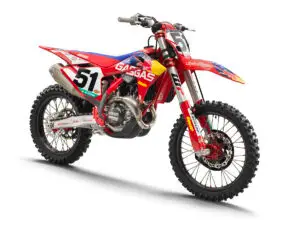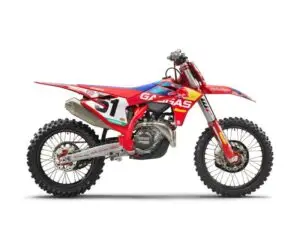
Why Sag is a Priority for Bike Setup
WARNING, I am not a suspension expert but understanding how it works is something that interests me. Having the bike properly set up helps the overall rideability of it. I’m not saying you have to go spend thousands of dollars to get your suspension tuned but suggesting to at least have your sag set correctly. Doing so ensures the correct size springs are in your bike along with allowing for better overall handling.
But why is this a concern for you?
- Safety – having springs too soft can literally throw you on your ass.
- Makes the ride more enjoyable!
- Performance – having a bike properly set up might make you faster!
The sag can be decreased to make quicker handling but will reduce high speed stability, this is good for tight courses because it can help improve steering accuracy. It is also recommended to do so in muddy conditions to handle weight build up. Increasing the sag, improves stability in high speed and sandy tracks. A spring too soft will ride high in the rear because it needs preloaded more than a stiffer spring. A stiffer spring will have a lower initial ride height but will feel firmer on bumps.
Static sag is a measurement of the bikes distance that the rear end of the bike settles while on the ground, but only under the load of its own weight (no rider) and is checked before and after rider’s sag. For 125cc and above, the number should be 35mm +/- 5mm. Rider’s sag is the distance that the rear end of the bike settles when on the ground and under the load of the rider’s weight in full gear. This number should be 105 mm +/- 10mm. Linkage bikes should be 95mm – 105mm range and KTM PDS should be 105 mm – 115mm. If the measurements are above range values you need a softer spring. If it is below, then you need a stiffer spring.
\
How do you measure the sag?
Invest in a Motool Slacker! Eliminates having to do math, is very accurate, and is only $159.99! We keep this must have tool in stock. It is the most convenient and easiest way to measure sag.
Center the tool in the middle of the axel and always place the clamp in the exact same place every time. Put the bike up on a stand with both wheels off the ground and measure the static sag. Then, have the rider hop on in full gear and in “attack position”, standing not sitting in a granny position. Bounce up and down a few times and check the number. Just like anything, there is different ways to do everything. I have heard some people like to stand up and then sit down naturally to measure the rider’s sag. Other people check both standing and sitting and do an average of the two. Have the rider get off and check the static sag measurement.

Don’t understand it? ASK!




